Kenyan parks never disappoint. The sandy beaches in Mombasa,Malindi,Watamu, Takawiri Island are amazing.
4,606 views
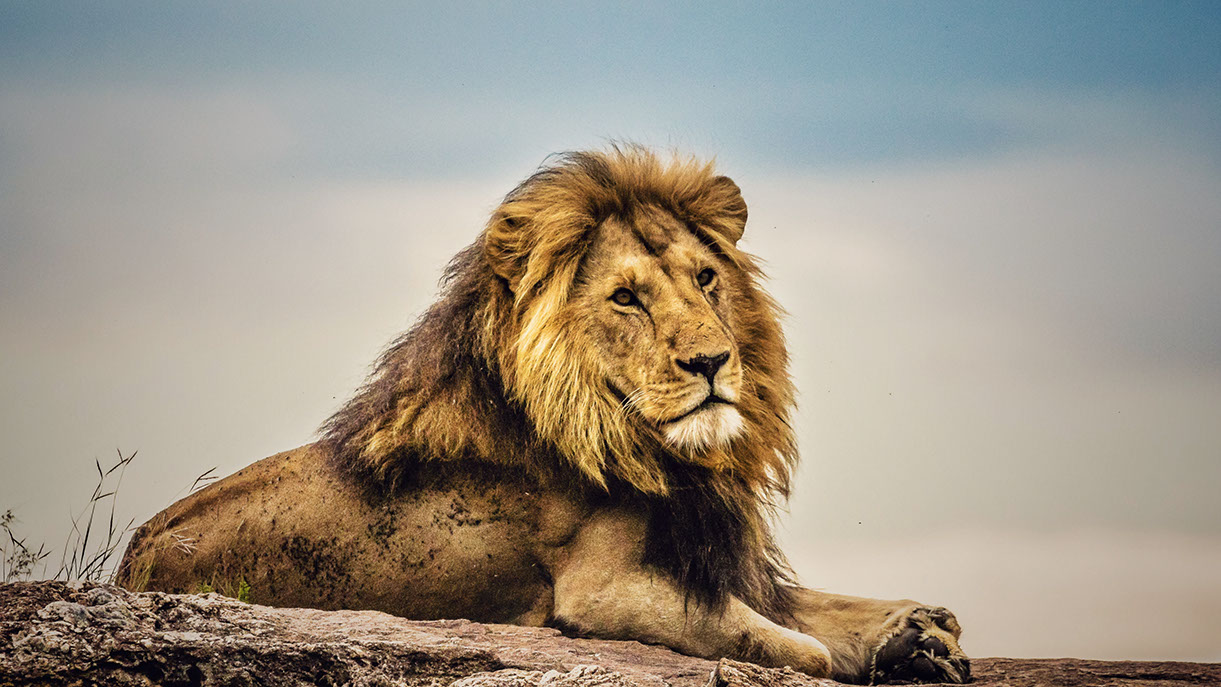
How a Trip to Maasai Mara Changed my Life
By Malav Shah
Last Updated: 05 Jul 2021
My rendezvous with wildlife started way back when I was a kid. Pictures of wildlife always fascinated me and more often than not, it would be of the African continent. Unconsciously, I started dreaming of this experience hoping that one day I will make this dream come true. The course of life took over and many years later I had the opportunity to make this dream a reality. By then my daughter was old enough to appreciate and enjoy a trip to Africa and that is when this incredible journey began.
After detailed research and planning, I embarked on this life-changing trip with my family to realize my life's dream. This was way back in 2007. As they say, "The wild bug bit me hard" and from then on, there was no looking back, I knew that this is where my heart lies and I would love to go back to Africa any chance I get. I guess this explains the fact that I have been to Africa more than 25 times! Actually, after the silver jubilee, I stopped counting. There have been several more trips after that and there will be many more in the future as well. After a few trips, my family had enough of Africa and wanted to explore other parts of the world as well. But me, I wanted to go back to Africa every chance I got. This got me thinking and I figured that one of the ways to stay connected with Africa is to connect with like-minded people. Many interesting conversations and chitchats ensued and along with that the realization that most people have not really experienced "true Africa".
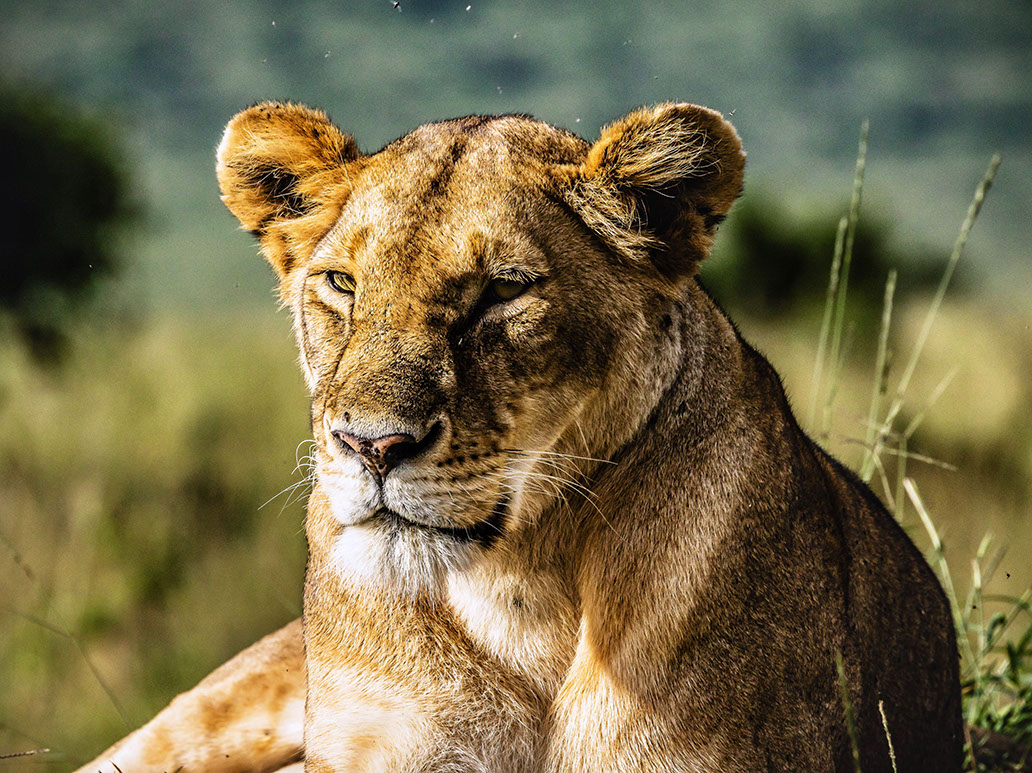
So far in a magazine, now in front of my eyes!
Soon I realized that there is a major gap I can fill with my extensive experience in Africa. This got me excited as I could envision a possibility of making my wish come true, going back to Africa again and again. I sensed that my immense experience with the country and deep understanding of the flora & fauna could be valuable to other travelers in creating unique life-changing experiences. Coincidently, travelers started reaching out to me to help curate their travel. So, organically, I started curating bespoke African experiences for travelers seeking more than just a holiday. I usually travel with my clients, which is an added advantage for travelers. I not only take care of all the logistics but also have a treasure trove of experiences that will help shape theirs. What's more...I speak Swahili fluently, which gives me a huge advantage with the locals in gaining their trust. So much for my story. Let's get to the crux, the experience.
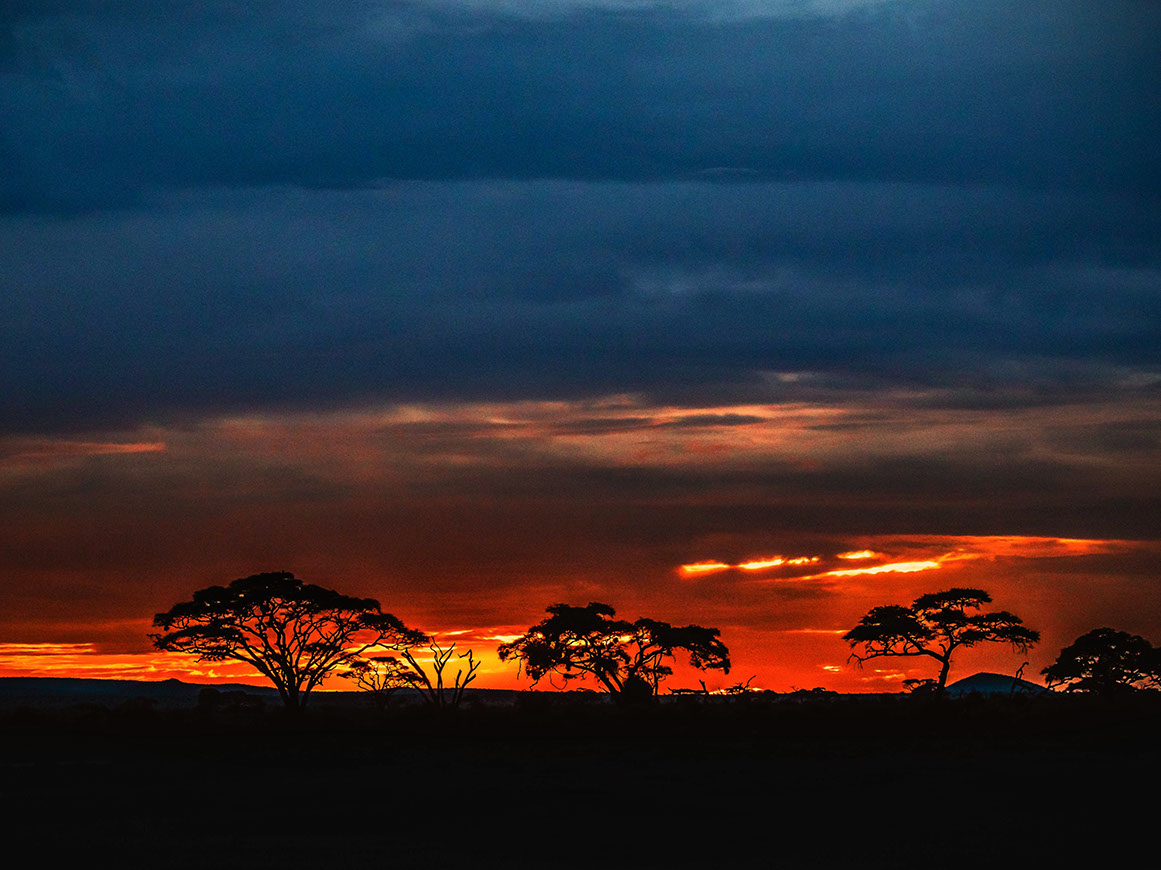
A stunning panoramic view of Maasai Mara at dusk
It is generally believed that when on a safari in Africa, spotting "the Big 5" means your trip is successful. Well, that is indeed a surreal experience but immersing yourself in the ecosystem of the reserve and experiencing the vibe is equally a successful safari. There are numerous types of safaris that one can sign up for from a couple of hours to many days. It all depends on your interest and of course the depth of your wallet. There are flying safaris where tourists are taken from one park to the other in small aircrafts. Lodges get together and form small airstrips to facilitate landing of these aircrafts. The more common and pocket-friendly are the ground safaris where you move around in vehicles. There are several types of vehicles used like 4-wheel drives, open jeeps etc. In Kenya the most common is the Kombi Safari, a 2-wheel drive which opens from the top giving the tourists a 360 view. One can enter the reserve through several gates namely, Sekenani Gate, Talek Gate, Musiara Gate, Oloololo Gate, Oloolaimutia Gate and Sand River Gate.
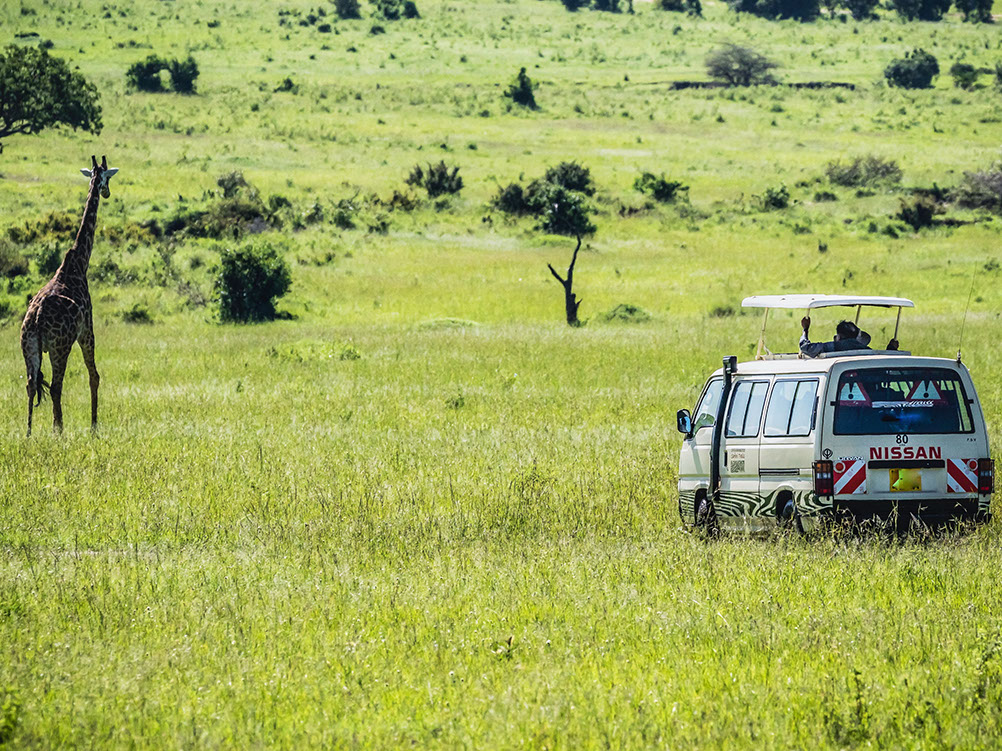
Kombi Safari, the perfect vehicle for a safari
Once inside the reserve, every nook and corner is packed with activity and has a story to tell. You enter into an ecosystem that is intriguing and fascinating. My years of experience with Africa give me the advantage to unravel stories about this ecosystem that comes only with interest and experience. Sightings are generally associated with spotting the larger animals. While that is always exciting, observing the smaller creatures and the landscape gives you a deeper understanding of the interesting ecosystem. The presence of one animal could mean others are around. One time, we chanced upon a herd of hippos chilling in a water body. While the travelers were busy capturing this sight on their cameras, I scanned the surroundings and right enough, spotted a leopard perched on a tree, probably strategizing its next meal.
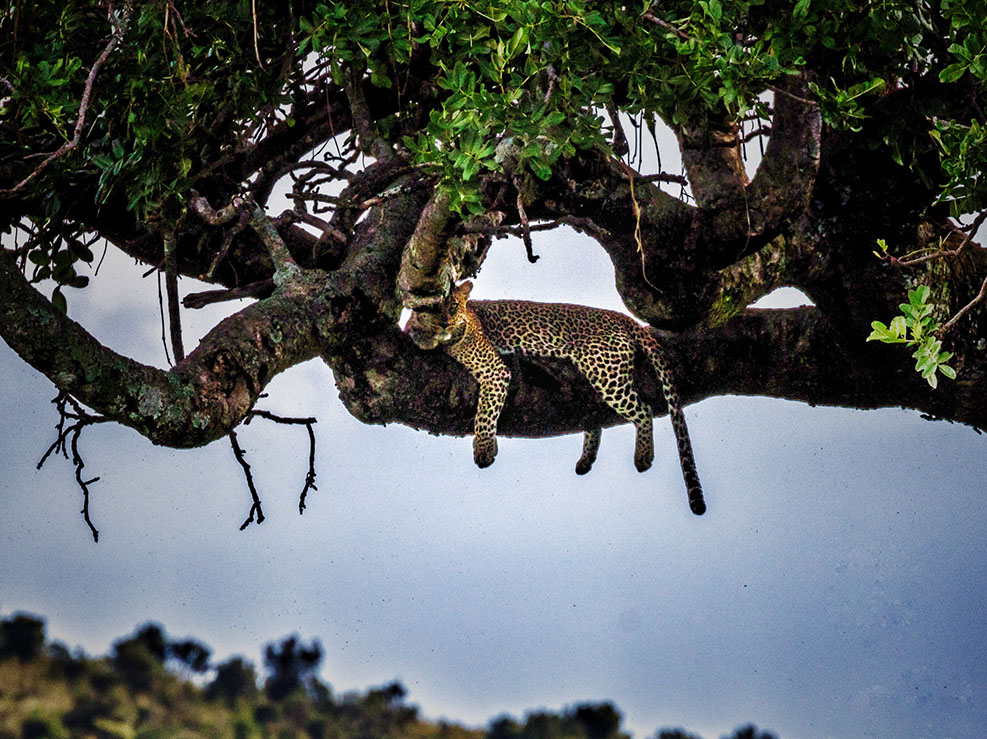
The elusive leopard camouflaged on the tree
Moving on, we spotted a huge termite mound with some visitors, the Egyptian Geese. Termites mounds are very common and termites play a very important role in the ecosystem of the reserve. They are natural cleaners because they eat all the forest debris and are also protein-rich food for the birds.
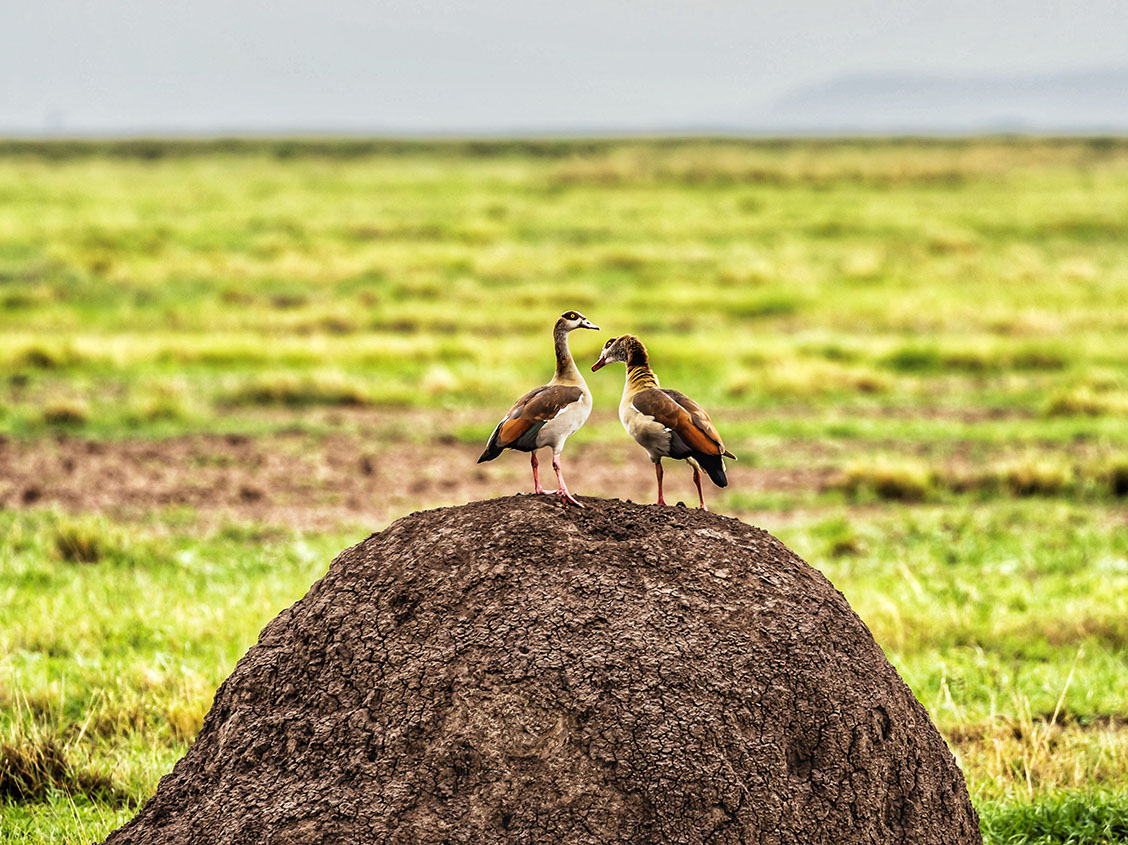
Egyptian Geese perched on a huge mound of food, termites!
Another rather interesting sighting was that of the heaviest land animal, an elephant herd with the matriarch (the female) taking the lead. They move across the reserve in herds gorging on vegetation. Invariably there are cattle egrets around, wondering why? The heavy shuffling of elephants ruffles the ground disturbing the insects, which make for a yummy meal for the egrets.
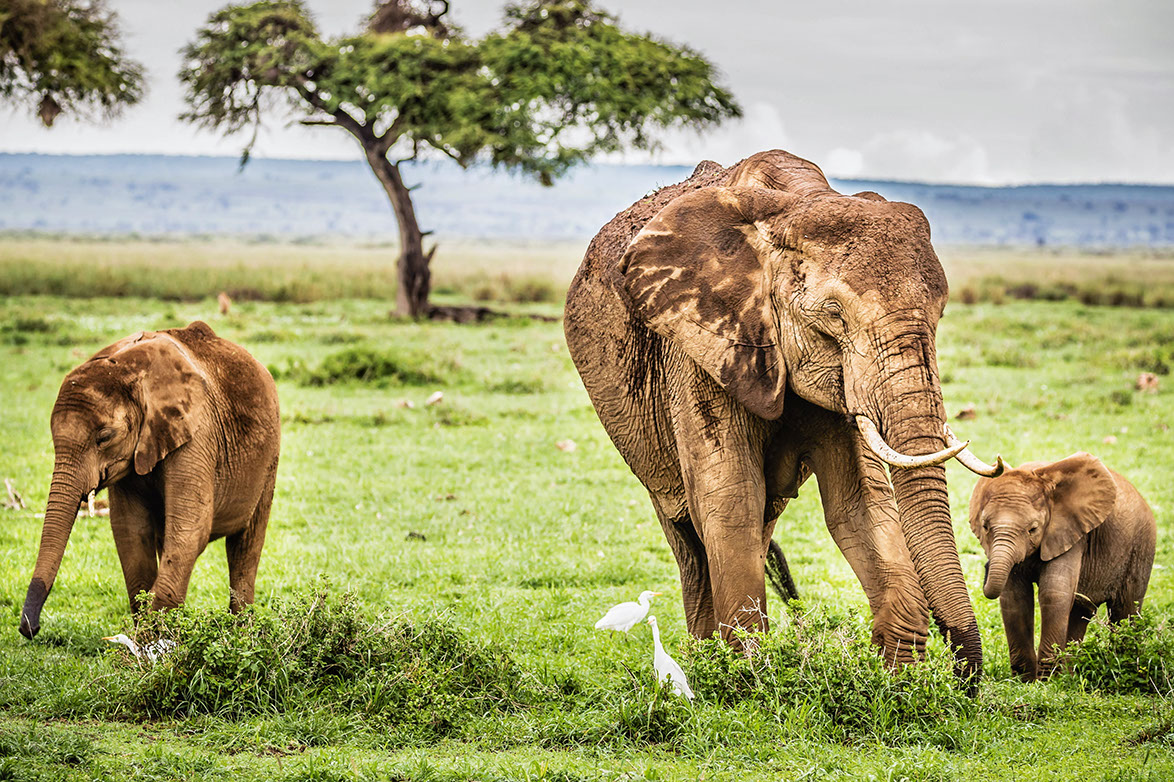
Tuskers are beating the heat with natural sunscreen, Sand!
Interestingly, sometimes elephants look dark grey and sometimes they seem brown. The color is specific to the part of the reserve they are seen in. When they are in the marshy areas they walk through water and spot their natural color but when they are in the sandy plains, they sprinkle mud on themselves as "sunscreen" giving them the brown look. Seeing the same animal in different landscapes is a unique experience and this is something only an expert will be able to explain.
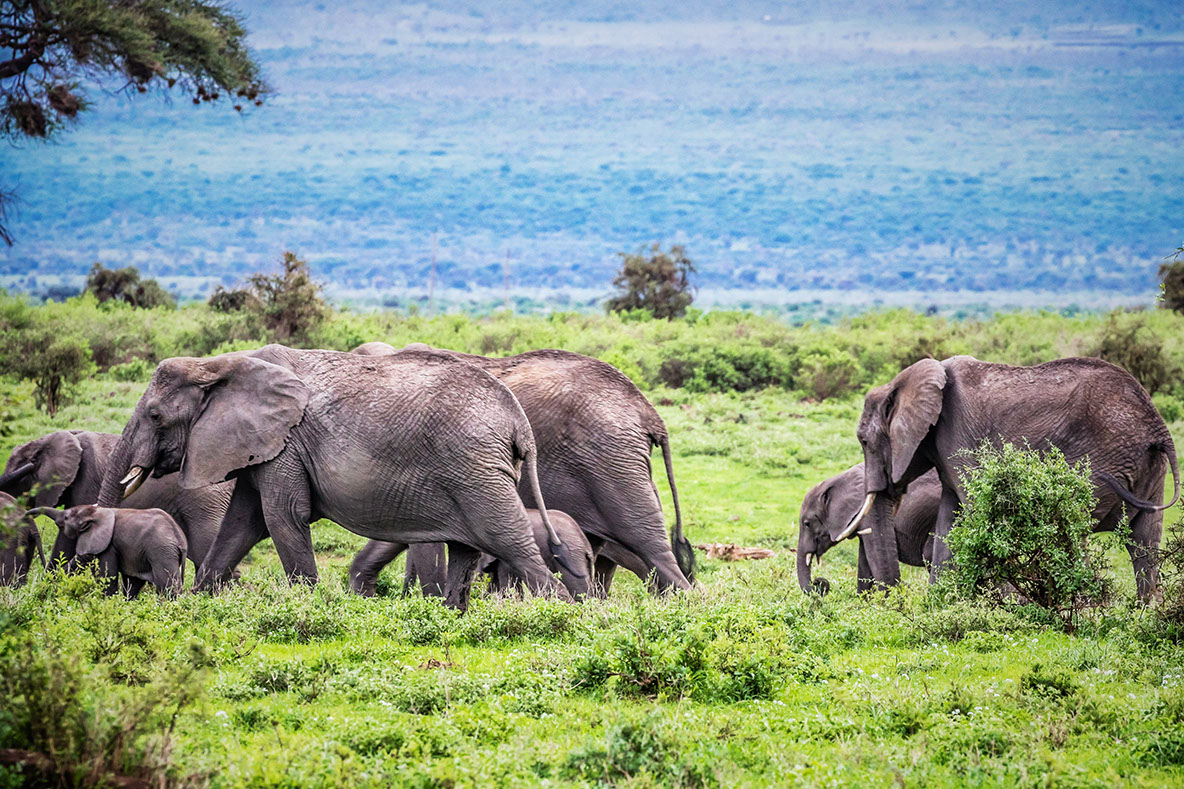
An amazing sight of an elephant herd, family and all
Part of a safari is a visit to a Maasai village. This is organized by getting approval from the leader of the clan. Of course there is a fee but it is well worth the money. The mud houses, the tribal music, the traditional attire, rich & unique culture and their animals, all create an amazing ambience. The tribes celebrate every stage of human life with elaborate festivities. They have rituals and dances for birth, adulthood, marriage, death etc. which they perform with fervor. Their lifeline is their animals which play a very important role in their lives. The status of a tribal family is judged by the number of animals they have. A tribal experience is a MUST when in Africa, but make sure you go with a vetted resource.
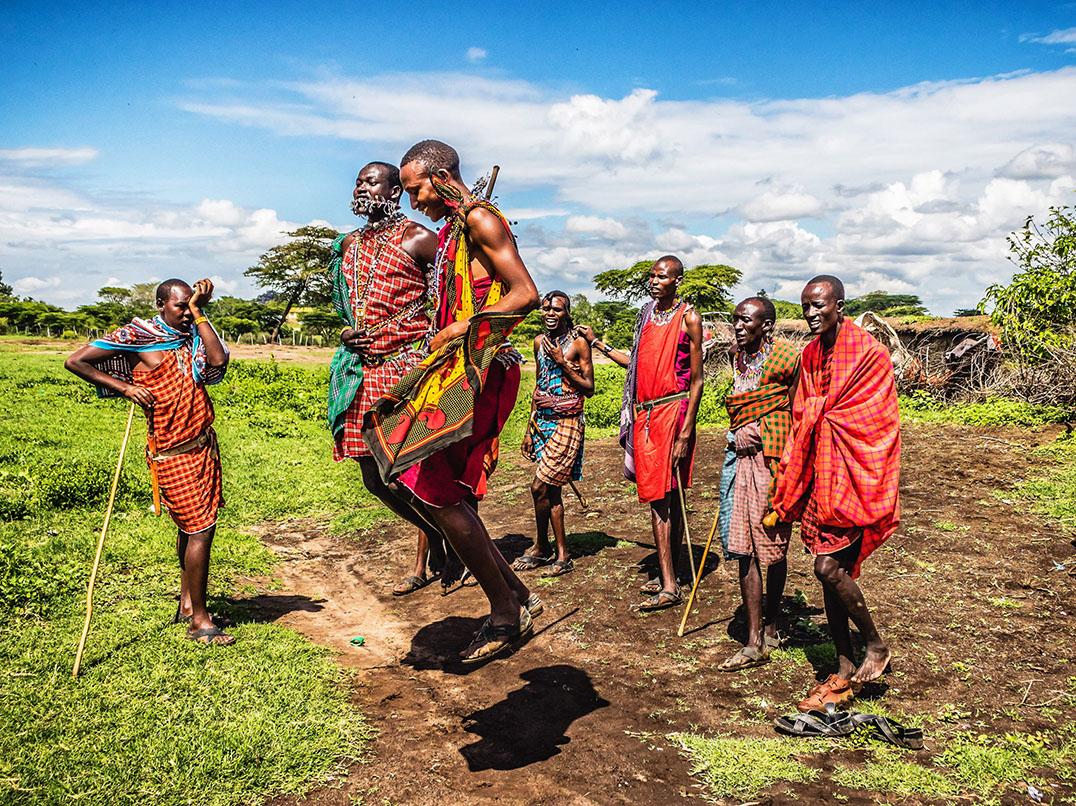
A typical dance of adulthood includes jumping few feet above the ground exhibiting vigor and youthfulness
Spotting the African Cape Buffalo, one of the Big 5 is exciting and intimidating at the same time. A word of caution here, do not take them for granted. They are the most dangerous animals on-ground to mess with and are known to charge at people and kill them. Interestingly, there is a beautiful interdependence that one can see. Very often, you will see birds hitching a ride on the buffalo. In return for the ride, the birds offer grooming services (actually they are enjoying a meal). Technically known as cleaning symbiosis, it is a process where the birds eat the parasites off the body of the buffalo, making it a mutually beneficial activity. Amazing how the ecosystem works!
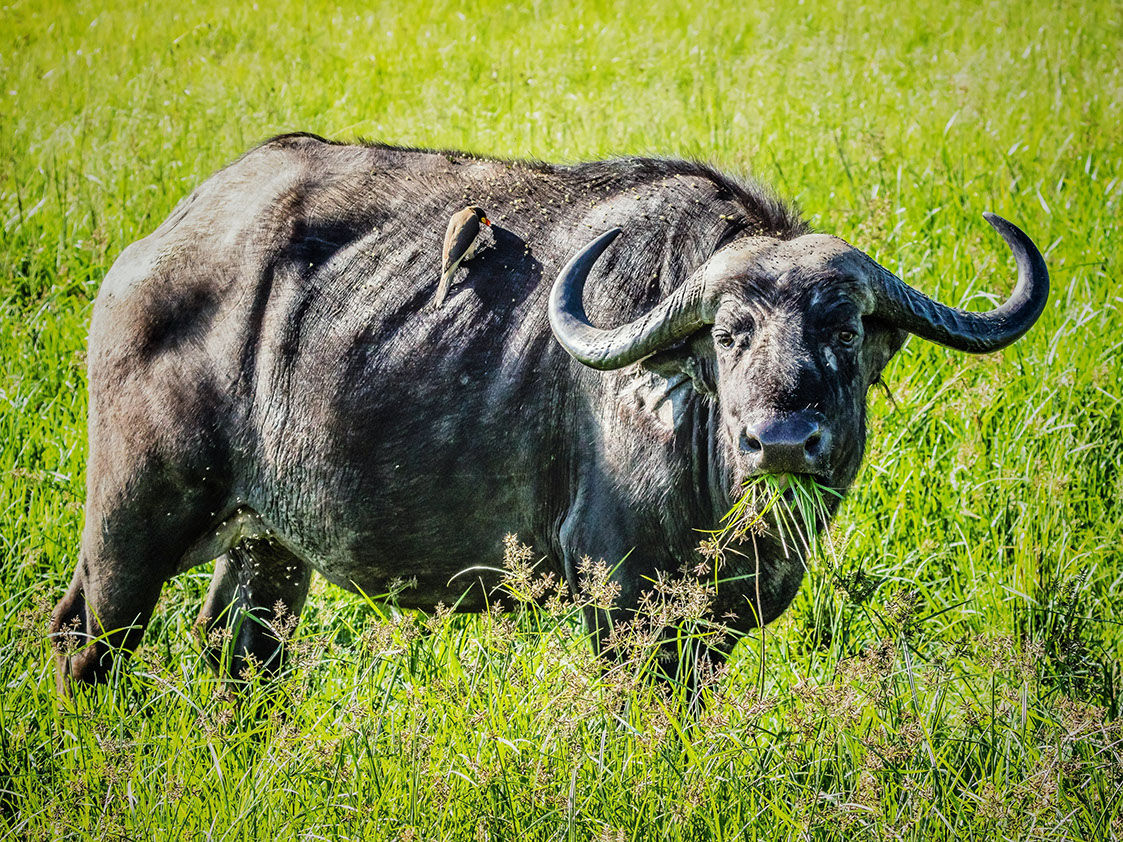
African Buffalo enjoying a grooming session by the red-billed ox-pecker, who is enjoying a meal, the ticks on the buffalo.
When you see the big spotted cat, how do you know which one it is? The common man finds it hard to differentiate between a leopard, cheetah, jaguar and panther. My years of traveling in Africa have given me immense knowledge and that is what comes in handy to address tourists. While panther, jaguar and leopard belong to one family, the cheetah belongs to a different family. There are numerous ways to distinguish one from the other but here are the two most prominent differences. The cheetah will have tear marks extending from the eyes going down to their mouth and their body has spots. In a leopard there are rosettes. There are numerous other distinctions that I have learned over the years, but we'll save that for some other time.
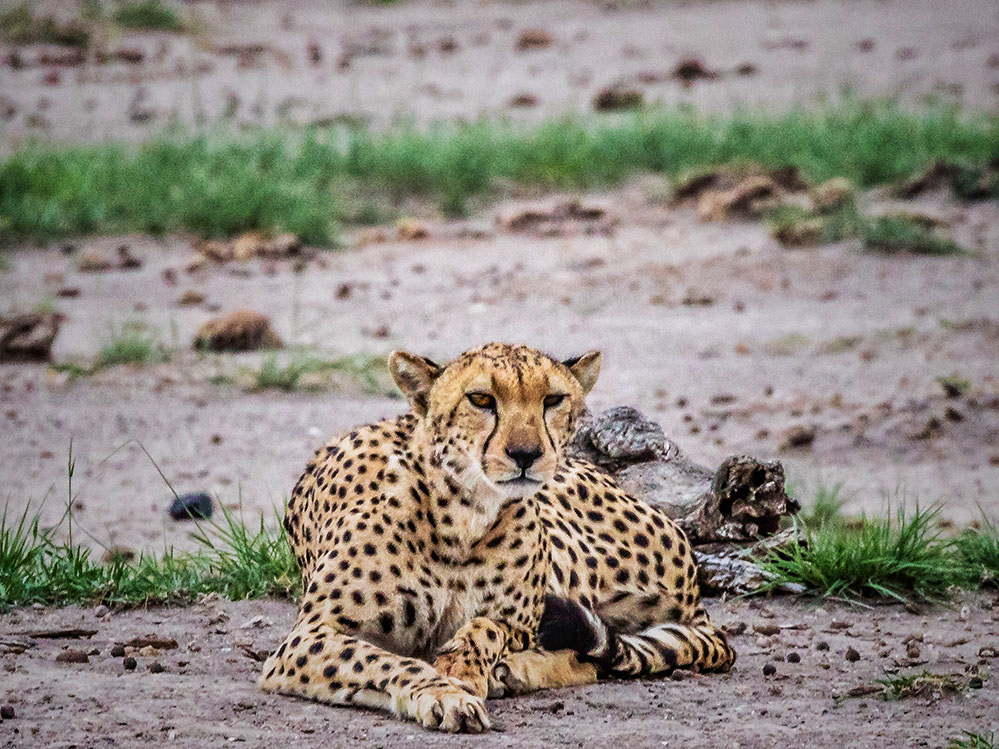
A cheetah relaxing and observing its visitors
While the land is endowed with numerous wildlife the trees and skies are equally decorated with exotic avian populace. There are a variety of lapwings, vultures, kori bustard, herons, silver bird, egrets, peckers, and hornbill just to name a few. They are a critical part of the Mara ecosystem with each having a unique role to play. A rather uncommon sight was that of a hornbill that was flying around actively collecting something and returning to the tree. My guess is there were nestlings that the parent was taking care of. Normally, these birds are seen on the ground.
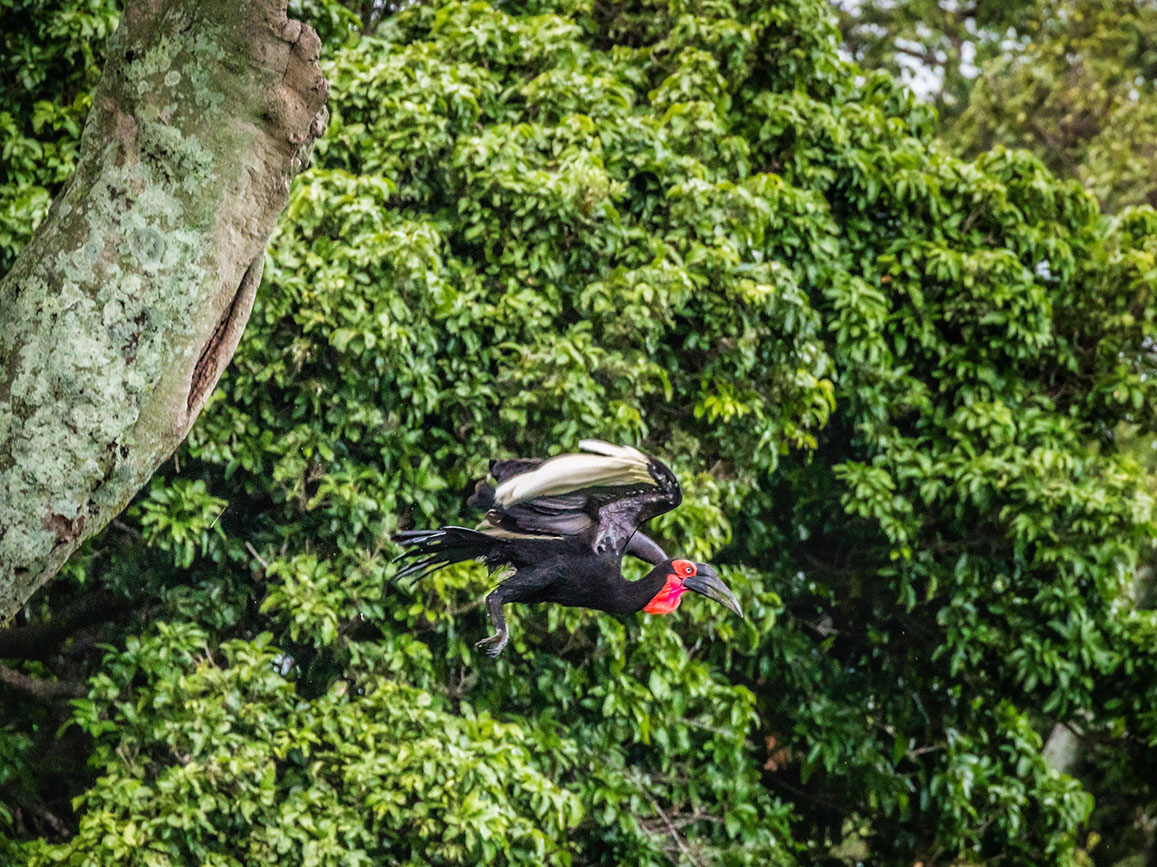
Hornbill parent busy taking care of its babies
I could go on and on with my experiences of the Mara but somewhere this story has to end. What I will say is, if ever you do get a chance, Africa is a MUST visit. The culture, the people and the immensely rich reserves will blow your mind and create a lasting impression on you. It is an experience that will stay with you forever. Every time I complete my journey in this beautiful land and return home, I feel my heart is still beating to the drums of Africa. Muda mrefu Afrika, until we meet again, soon!
Disclaimer: This blog may contain affiliate links. At no extra cost to you, we may get a small commission if you buy anything. All products and services we endorse have been personally used or come highly recommended to us. These incomes allow us to keep the community supported and ad-free.
Things To Consider
About the author
Rate the Story
Related Stories
Please share your comment

Thank you for sharing about this beautiful wildlife location.

What a wonderful story with awesome pictures! Looking forward to connecting with you for our future visit.

It is indeed an experience of a lifetime. Ecosystem of Maasai Mara is well explained, thank you for sharing these pictures.

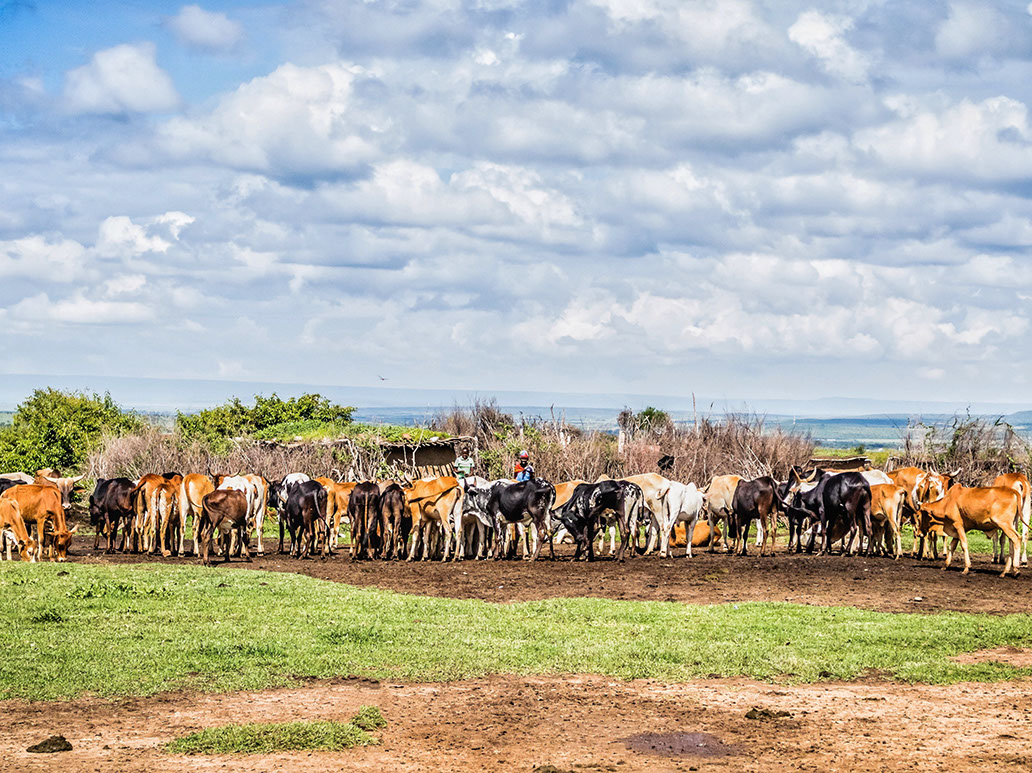
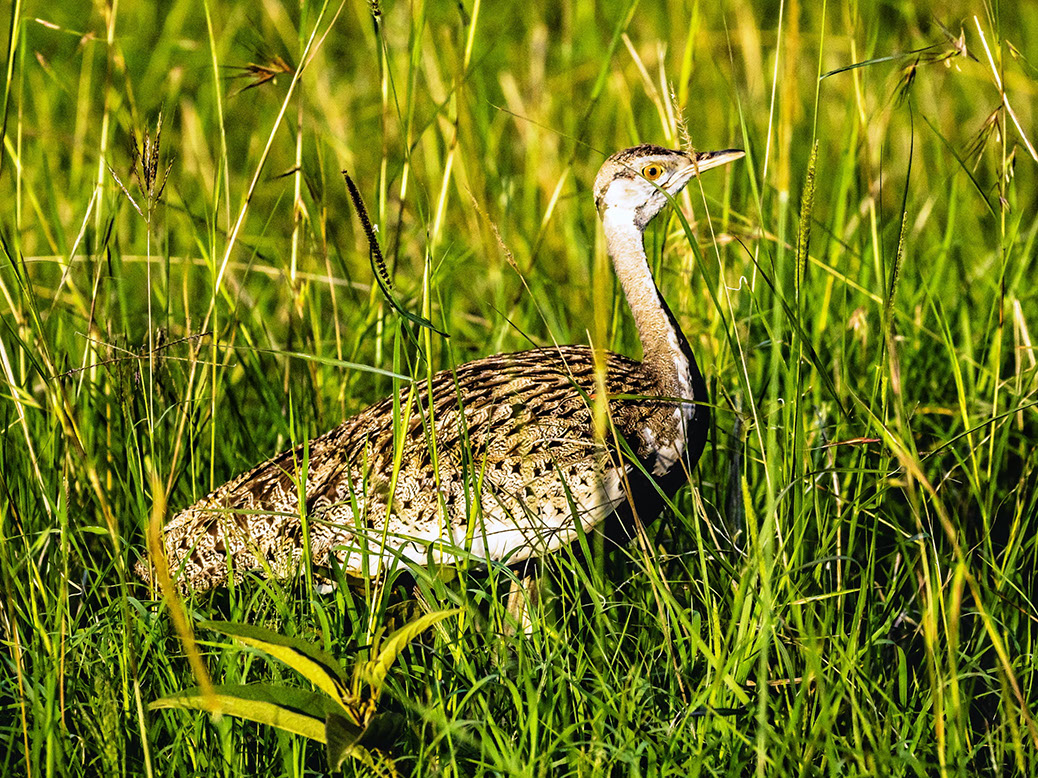
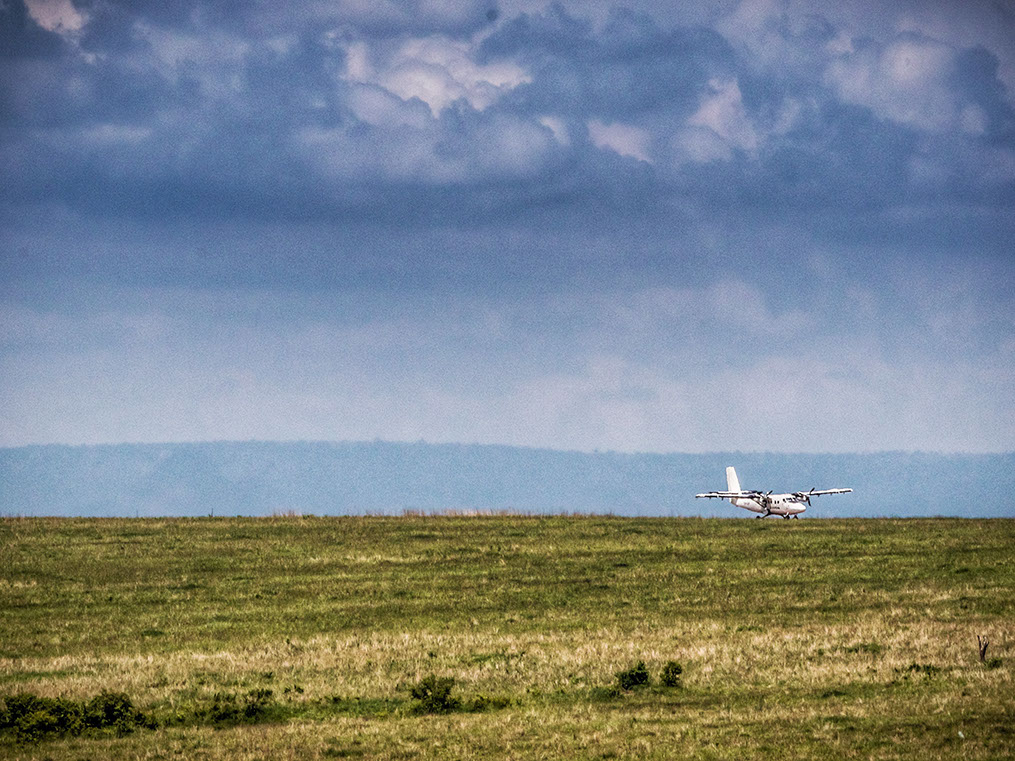
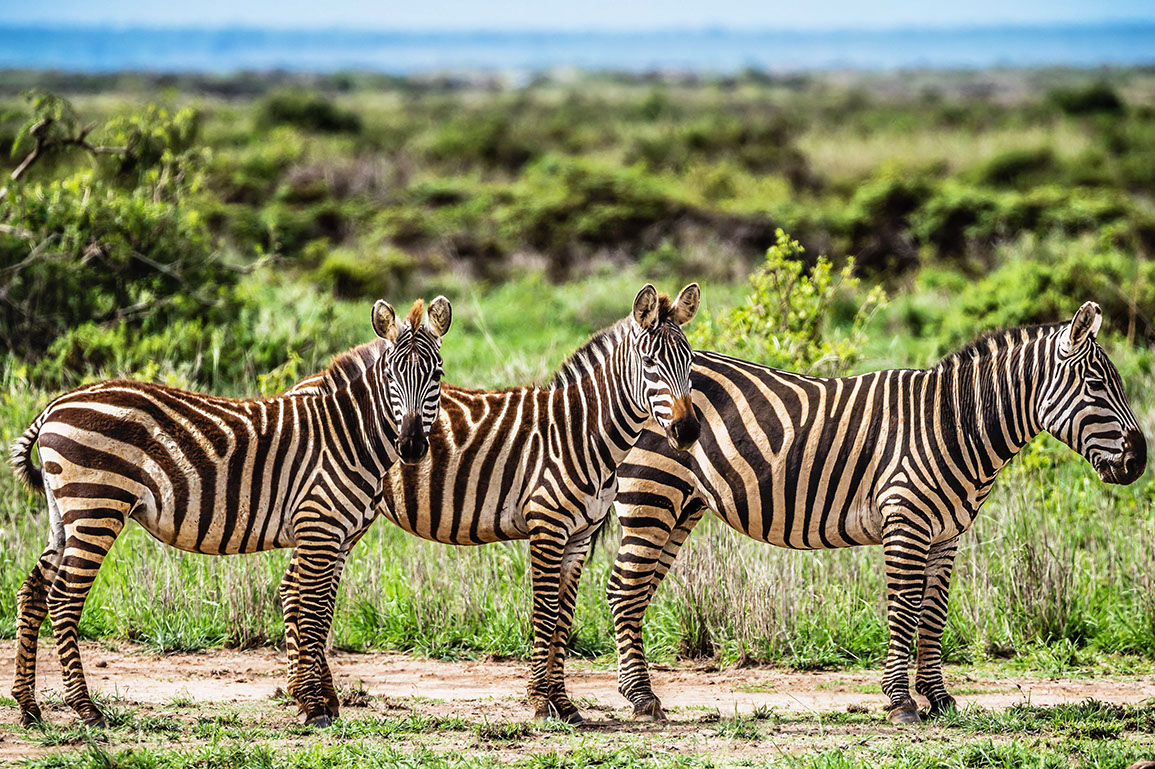
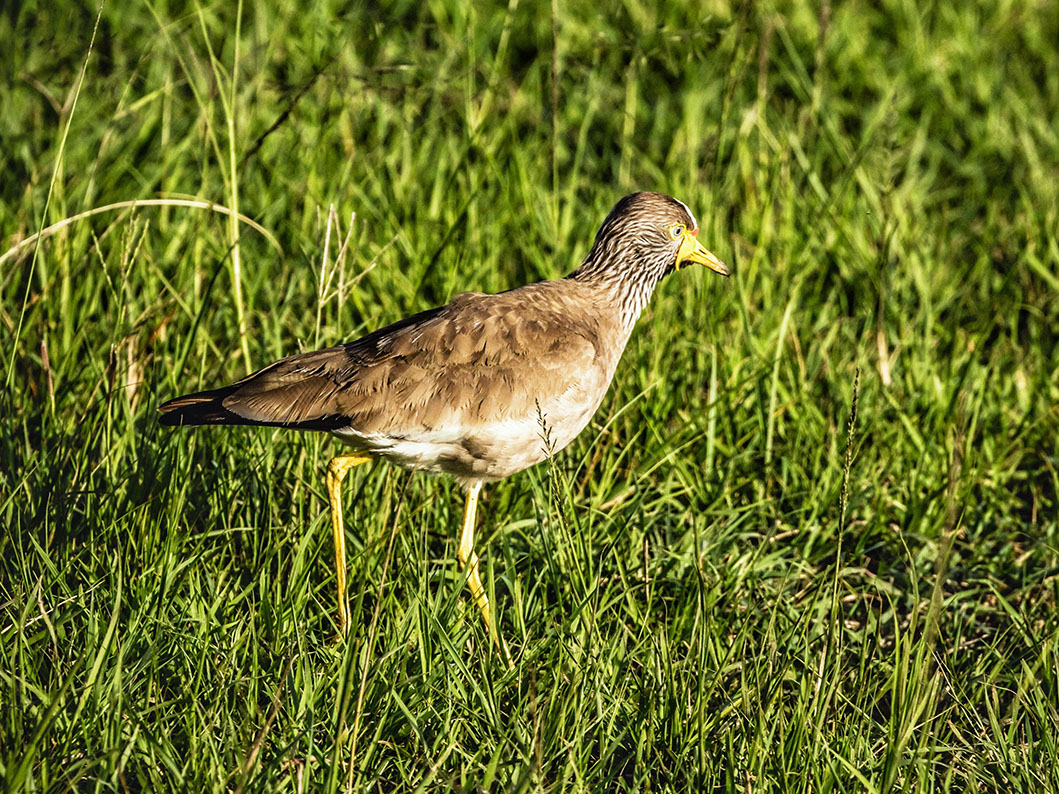
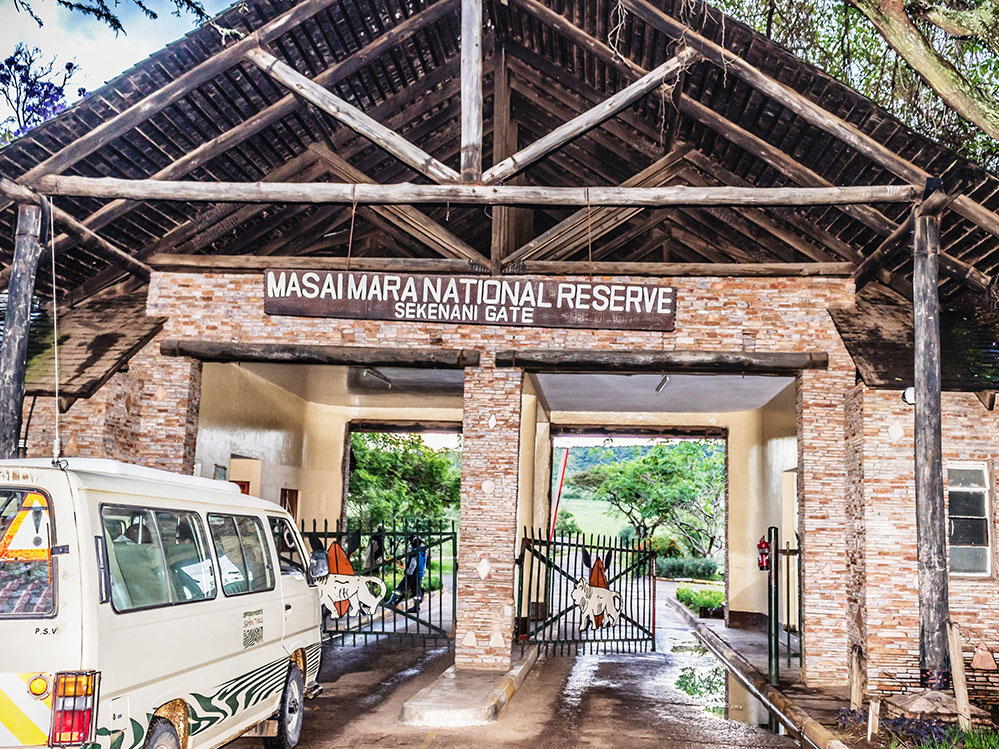
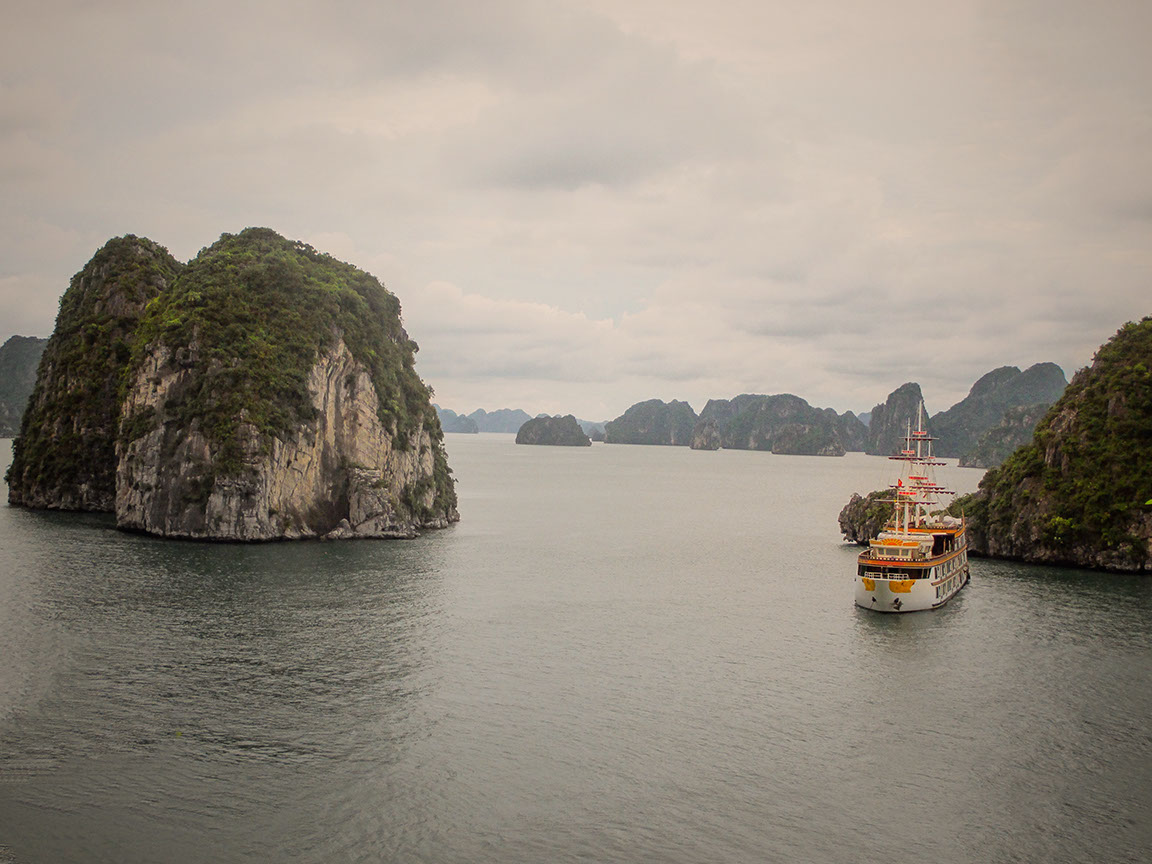
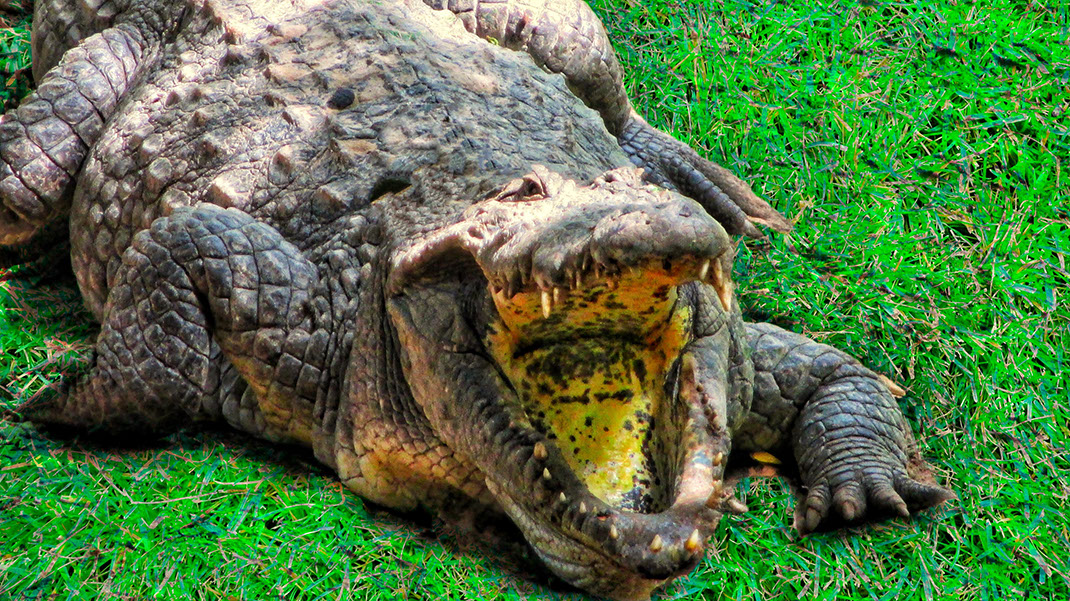
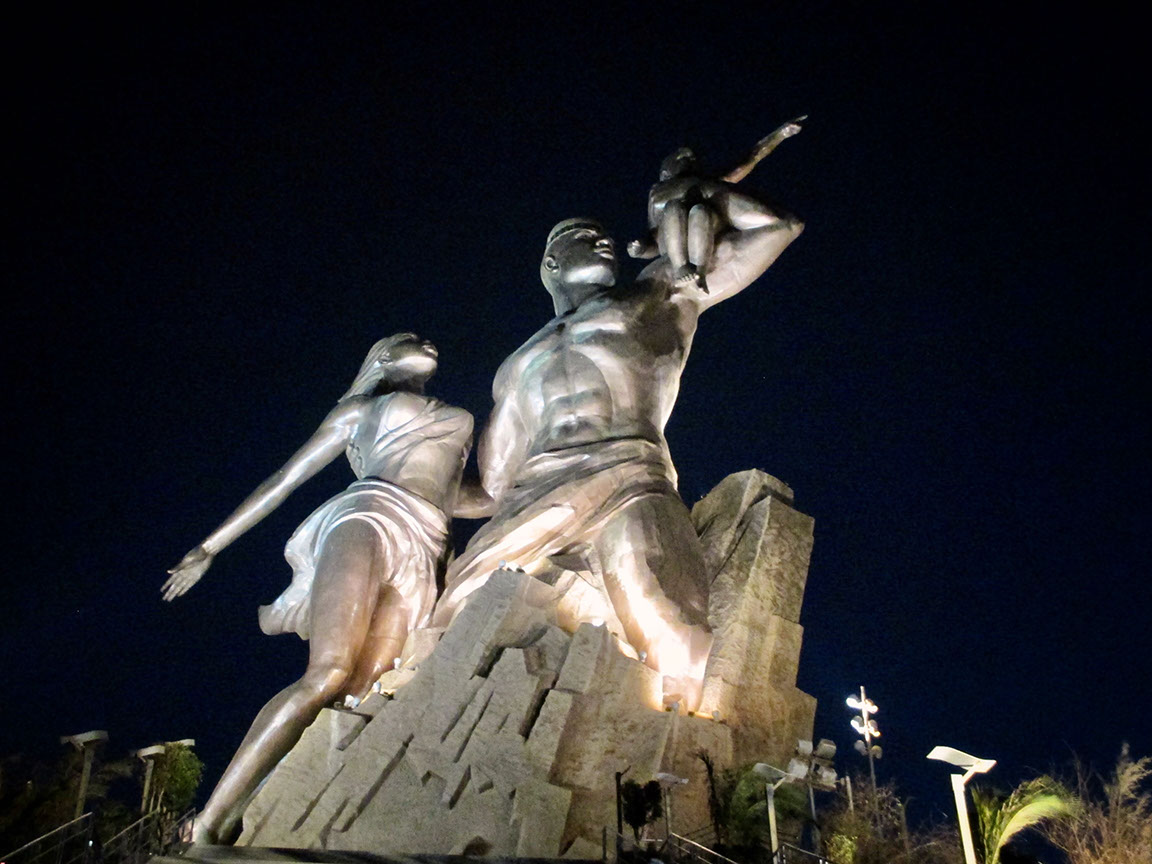
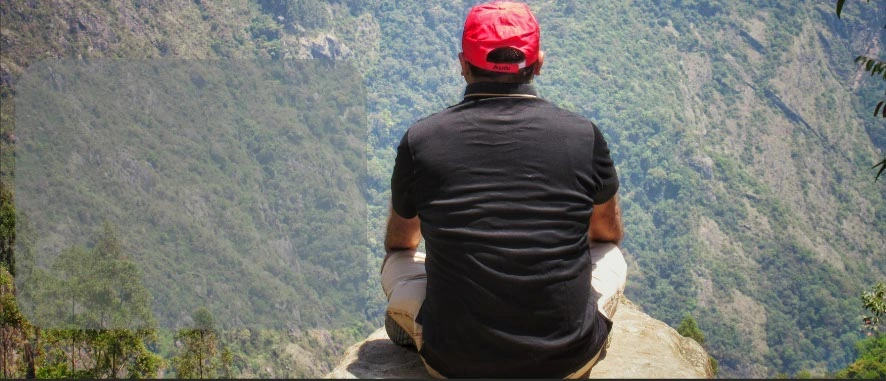
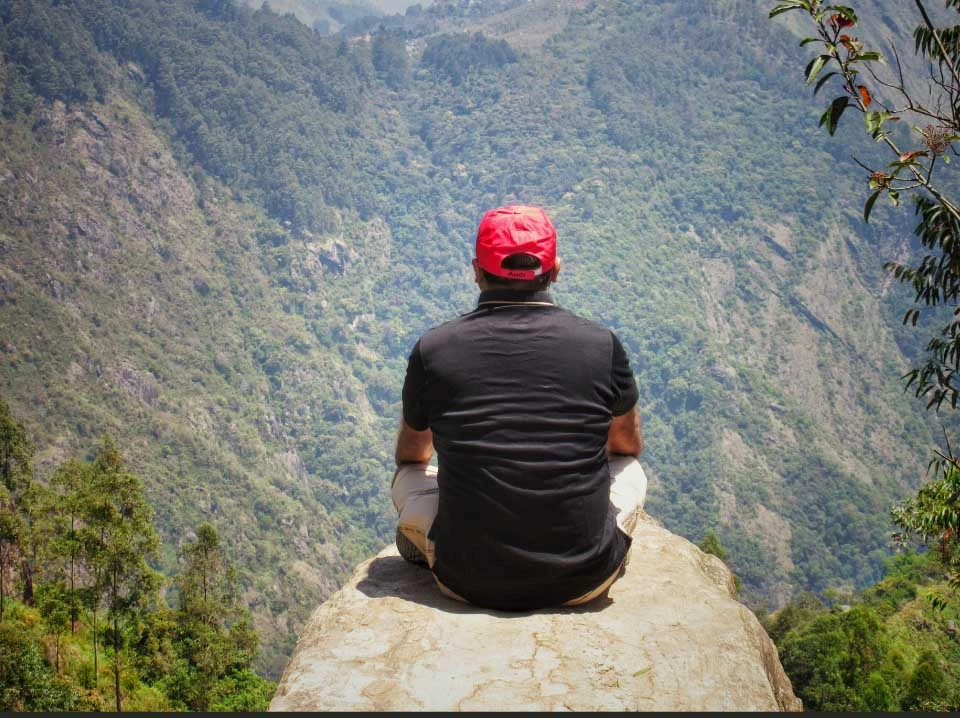
Name
Email
Comment